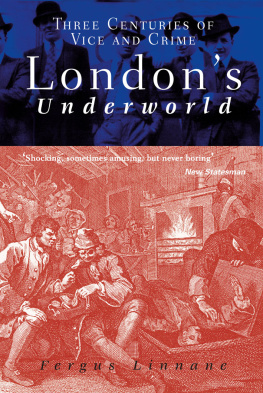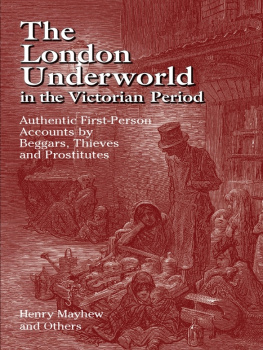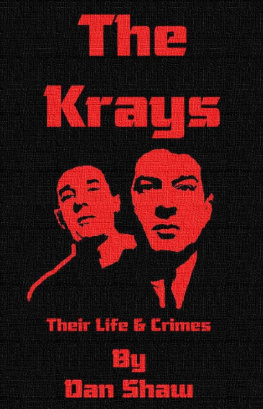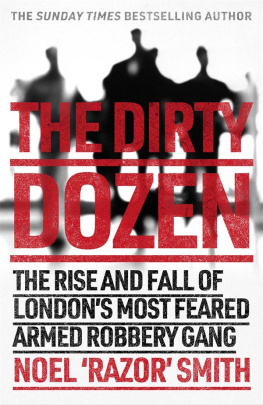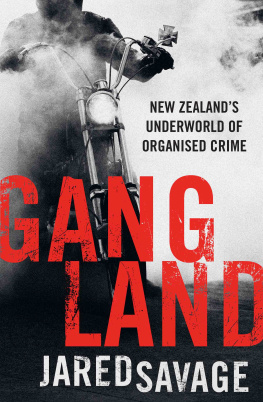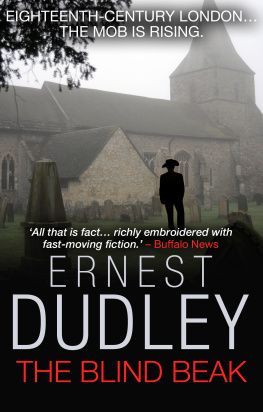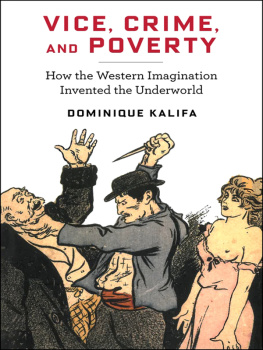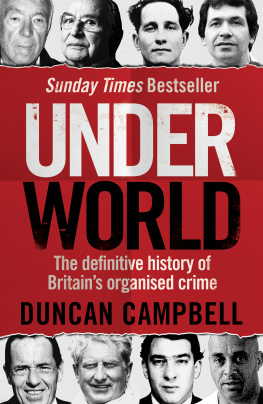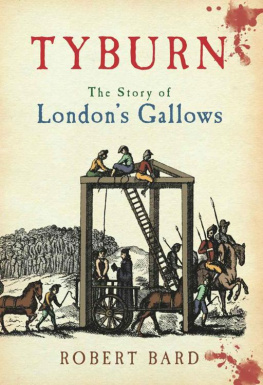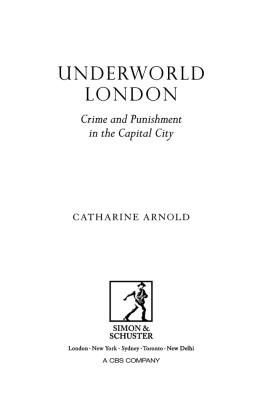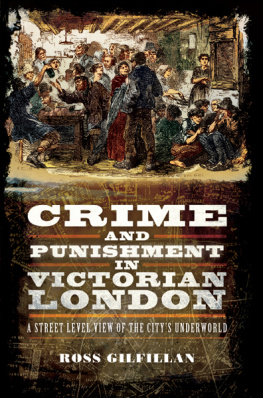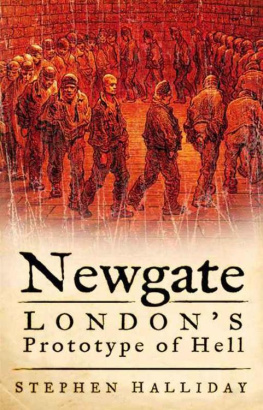Londons
Underworld
Londons
Underworld
THREE CENTURIES OF VICE AND CRIME
Fergus Linnane

Contents
Acknowledgements
Michael Loeffler encouraged me by seeing the larger possibilities in this subject, as did Julian Summers. My sister Norine Riches helped by reading the manuscript and being discreet about any misgivings she had. My editor, Joanne Brooks, found time while editing 29 other books to answer my footling questions. It is customary to thank the staffs of the various libraries one has used: in my case it is a special pleasure to be able to thank the staffs of the Guildhall and British libraries. Also the staffs of all the other libraries in London and Bromley I have visited. My family have accepted my obsessions with amused tolerance.
Preface
London thrives on crime and the myths of crime. It would be unthinkable without its various underworlds, as its long and illustrious record of crime fiction attests, from Defoe to Dickens to Ackroyd. The daily measure of stabbings, shootings, heists, muggings and criminal betrayals seems somehow essential to the vitality of the city, and we must all play our parts in this existential melodrama. The criminal must play the heartless villain or the flawed hero, ideally stoical, extravagant, brazen, dangerous, successful. No matter that in reality his periods of vainglorious freedom are usually brief and his ultimate rewards so paltry they would make a Tesco checkout girl sneer. The police must bear up, always with inadequate resources and often misunderstood or despised. We too have our parts to play, as fascinated spectators of the drama and, occasionally, as victims.
I have tried in this book to show certain continuities in time and place of what one of its reviewers called felonious then and crooked now. The Kray twins briefly seemed likely to recreate the great criminal empire of Jonathan Wild, the early eighteenth-century overlord of the underworld. The streetwalkers of Paddington and Kings Cross are the last sad reminders of the hordes of smuts, jilts, doxies, mawkes, brimstones, trulls, molls, blowsabellas, judies, and fireships who once thronged the citys streets.
If you sometimes feel unsafe in the city at night remember that in the early eighteenth century a man took his life in his hands just walking from the corner of Drury Lane to the Piazza in Covent Garden.
However, many of the ills touched on in this book are now just footnotes in history. Armies of half-starved young thieves no longer pour out of criminal strongholds each day to plunder honest citizens. The crowds of street walkers, so evident only sixty years ago, have gone, and the only signs most people will see of the underworld of vice are the call-girls cards in phone boxes. Yet organised crime has become a vibrant if largely unseen strand in our daily lives: anyone who smokes pot, takes ecstacy, lights up a smuggled cigarette, buys a pirated CD or visits a massage parlour, is probably paying fealty to one of the 39 criminal Mr Bigs identified by government agencies.
Introduction
The Wild Eighteenth Century
Many voices attest to the violence of London in the eighteenth century. Here is Horace Walpole, the great aesthete and diarist, describing how he was held up by highwaymen in Hyde Park:
As I was returning from Holland House by moonlight, about ten at night, I was attacked by two highwaymen in Hyde Park, and the pistol of one of them going off accidentally, grazed the skin under my eye, left some marks of shot on my face, and stunned me. The ball went through the top of the chariot, and if I had sat an inch nearer to the left side, must have gone through my head... I was sitting in my own dining room on Sunday night, the clock had not struck eleven, when I heard a loud cry of Stop thief!: a highwayman had attacked a post-chaise in Piccadilly, within fifty yards of this house: the fellow was pursued, rode over the watchman, almost killed him, and escaped.
Life was cheap and frequently in peril. It was said that a man could not walk the fifty yards from the Rose Tavern on the corner of Drury Lane to the Piazza in Covent Garden without twice risking his life. Men went out to dinner fully armed, carrying swords and sometimes pistols. The streets were unlit, and no one could be trusted, not even the link boys who carried lanterns to light passers-by safely on their way. It was not unknown for link boys to douse their lights and rob their charges, or lead them into the clutches of dangerous criminals. Policing was hopelessly inadequate, and the decrepit peace officers, mostly ancient and otherwise unemployable, avoided the criminal ghettos if they could. Nobody was safe: gangs of footpads infested the city and because they had to make their getaway on foot were likely to disable their victims, or even kill them. Armed pickpockets were almost as great a menace. They swarmed around Covent Garden, waiting for people to leave the theatres in the area. One of their victims was the Duke of Cumberland, the Butcher of Culloden, who had his sword stolen as he entered a theatre. Smugglers fought pitched battles with the militia. Londons parks and sometimes the fashionable streets of the West End were plagued by highwaymen. In 1726 the Earl of Harborough was robbed in mid-morning as he was being carried in his sedan chair across Piccadilly. George III lost his watch, cash and shoe buckles to a particularly audacious thief while walking the gardens of Kensington Palace.
In 1718 the City Marshall remarked that it was the general complaint of the taverns, the coffee-houses, the shop-keepers and others, that their customers are afraid when it is dark to come to their houses and shops for fear that their hats and wigs should be snitched from their heads or their swords taken from their sides, or that they may be blinded, knocked down, cut or stabbed...
Gangs flourished in London in the eighteenth century. Criminals found conditions in the expanding city ideal. The rapid rise in the population from about 575,000 in 1700 to 675,000 in 1750 and 900,000 in 1801 gradually drove the wealthy to the new suburbs. Behind they left warrens of rickety houses, tangled courts and lanes, and dark alleys which were ill-lit or not lit at all. These gave ideal cover and sanctuary to the thousands of criminals who thronged the capital.
In 1751 in his Inquiry into the Causes of the late Increase of Robbers, the novelist and reforming magistrate Henry Fielding wrote:
Whoever indeed considers the Cities of London and Westminster, with the late vast Addition of their Suburbs, the great Irregularity of their Buildings, the immense Number of Lanes, Alleys, Courts and Bye-places; must think, that, had they been intended for the very Purpose of Concealment, they could scarce have been better contrived. Upon such a View, the whole appears as a vast Wood or Forest, in which a Thief may harbour with as great Security, as wild Beasts do in the deserts of Africa or Arabia... It is a melancholy Truth that, at this very Day, a Rogue no sooner gives the Alarm, within certain Purlieus, than twenty or thirty armed Villains are found ready to come to his Assistance.
It has been reckoned that by 1720 there were at least 10,000 criminals in the capital. Charles Hitchen, the Under City-Marshal who gave the notorious racketeer Jonathan Wild his first big opportunity, claimed he knew personally 2,000 people in London who lived by theft. The influential magistrate and pioneer criminologist Patrick Colquhoun claimed in his Treatise on the Police of the Metropolis that 115,000 persons in London were regularly engaged in criminal pursuits.
Next page
